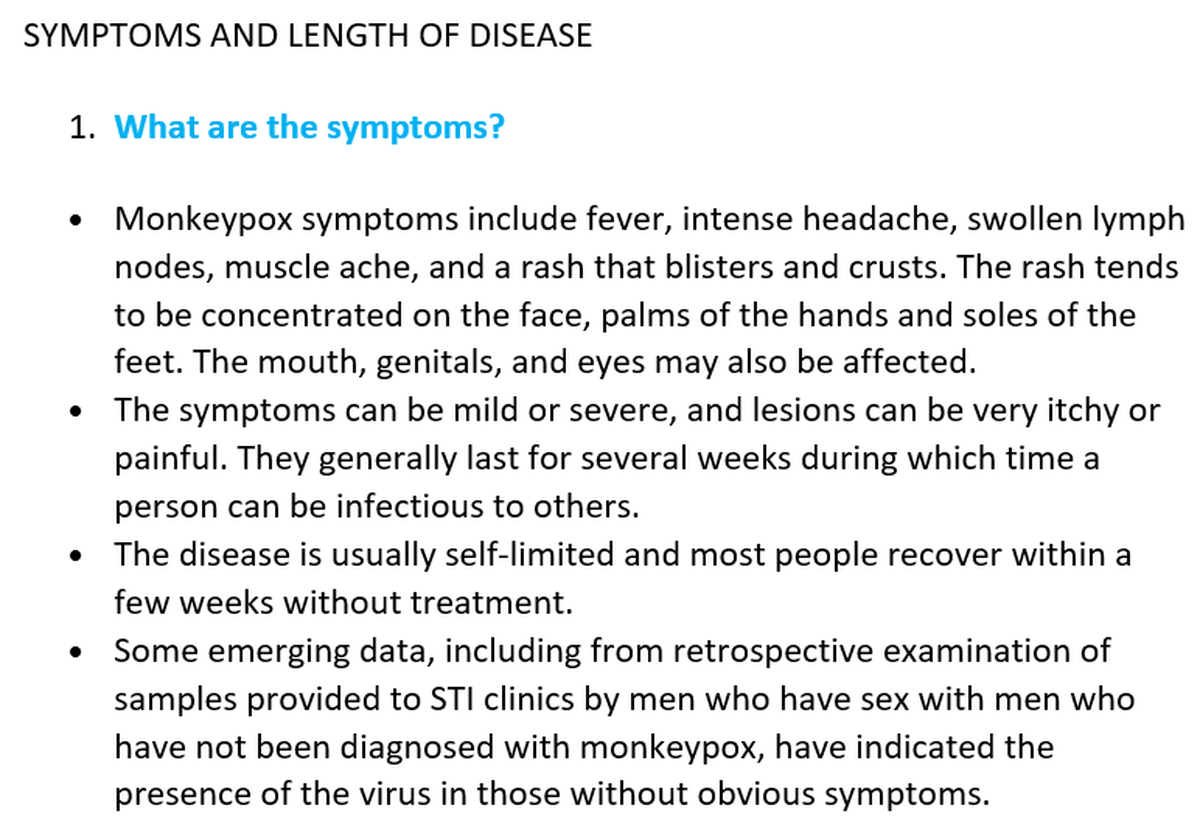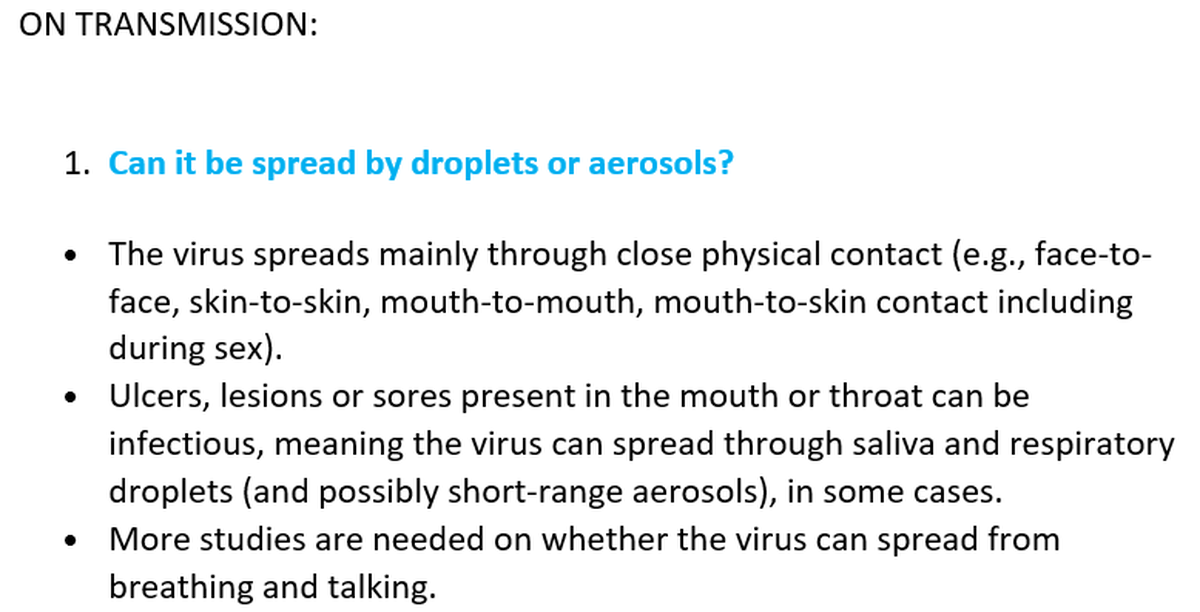Close on the heels of the World Health Organisation declaring monkeypox a ‘Public Health Emergency of International Concern’, a post containing various dubious claims about the disease has gone viral on social media.
Close on the heels of the World Health Organisation declaring monkeypox a ‘Public Health Emergency of International Concern’, a post containing various dubious claims about the disease has gone viral on social media.
The claims, presented as a graphic, have been attributed to organisations like the BBC, WHO and CDC.
The post would have you believe, among other things, that monkeypox has been classified as an airborne disease and a form of herpes, and could cause paralysis.
But The Hindu found some of the claims to be misleading and others, completely false. The graphic as a whole was fake.
To begin with, we looked into whether the BBC had indeed carried this graphic. We could not find it on any of the digital platforms of the broadcaster.
When contacted, the BBC confirmed this was not a real graphic and urged people to check the veracity of stories on the BBC News website.
We then shared the post with Dr. Rosamund Lewis, an expert on monkeypox at WHO, who provided a point-by-point response to the claims. The WHO also shared detailed guidance on the disease with The Hindu.

Guidance on symptoms and length of the disease. Credit: WHO
On whether monkeypox is airborne, Dr. Rosamund Lewis said, “Monkeypox can transmit through inhalation of contaminated particles or virus, usually in close proximity. Examples include exposure of mucous membranes or the lungs to droplets or short-range aerosols such as through face-to-face contact with someone who has monkeypox lesions in the mouth, or from inhalation of infected particles such as skin flakes from shaking of contaminated sheets.”
Further, the WHO guidance stated that more studies were needed on whether the virus can spread from breathing and talking.

Guidance on transmission. Credit: WHO
We found no evidence that the CDC had officially classified monkeypox as an airborne disease.
CDC guidance states that scientists are “still researching how often monkeypox is spread through respiratory secretions, or when a person with monkeypox symptoms might be more likely to spread the virus through respiratory secretions”.
Read the CDC’s latest guidance on transmission of monkeypox here.
To the claim that monkeypox had been classified as a form of herpes, Dr. Rosamund Lewis responded with a resounding ‘NO’.
Monkeypox is caused by monkeypox virus, a member of the Orthopoxvirus genus in the family Poxviridae. On the other hand, herpes comes under a different family of viruses called Herpesviridae.
While people with symptoms of monkeypox are advised to isolate themselves and avoid physical contact with others, both WHO and CDC say the symptoms typically last two to four weeks – much shorter than what is claimed in the social media post.
“Severe cases occur more commonly among children and are related to the extent of virus exposure, patient health status and nature of complications. Underlying immune deficiencies may lead to worse outcomes,” the WHO notes on its website.
As for the claim that monkeypox could lead to paralysis, Dr. Rosamund Lewis said, “Paralysis has not been described as a feature of monkeypox.”